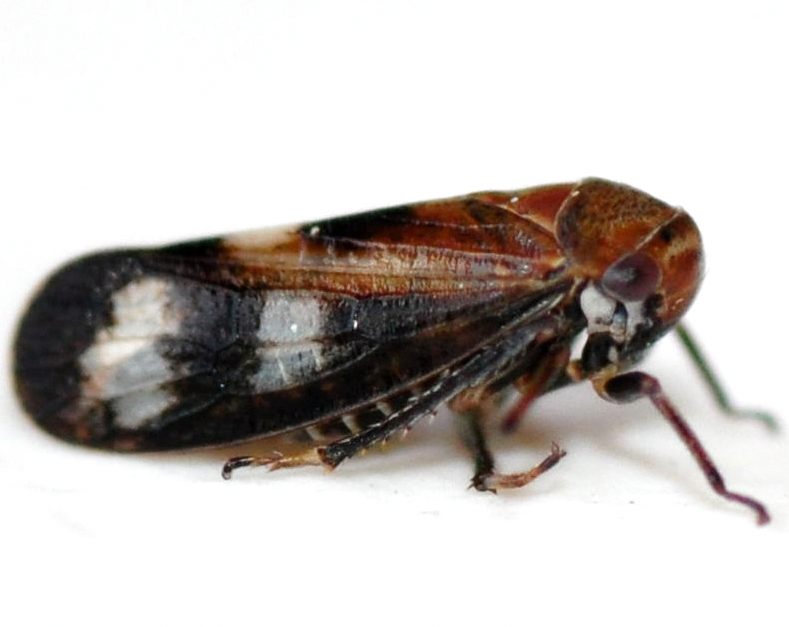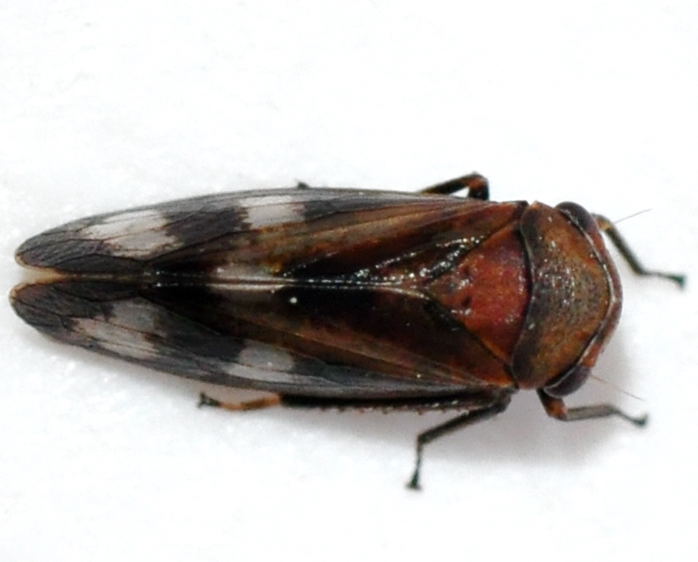Species Photo Gallery for Oncopsis abietis No Common Name 32 |
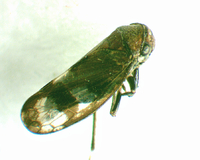 | Photo by: Ken Kneidel
Yancey Co.
Comment: 4.9 mm female, came to UV light at night, residential/forested area | 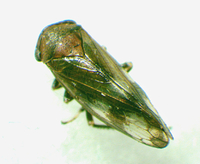 | Photo by: Ken Kneidel
Yancey Co.
Comment: 4.9 mm female, came to UV light at night, residential/forested area |
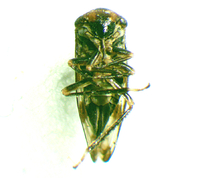 | Photo by: Ken Kneidel
Yancey Co.
Comment: 4.9 mm female, came to UV light at night, residential/forested area | 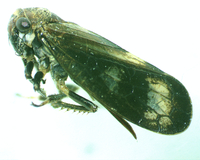 | Photo by: Ken Kneidel
Watauga Co.
Comment: 5.2 mm |
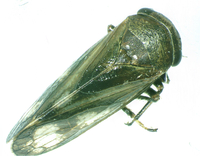 | Photo by: Ken Kneidel
Watauga Co.
Comment: 5.2 mm | 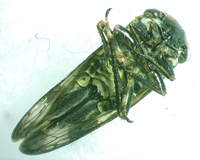 | Photo by: Ken Kneidel
Watauga Co.
Comment: 5.2 mm |
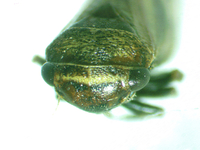 | Photo by: Ken Kneidel
Watauga Co.
Comment: 5.2 mm | 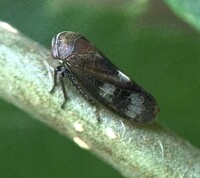 | Photo by: Ted Wilcox
Watauga Co.
Comment: unid_leafhopper |
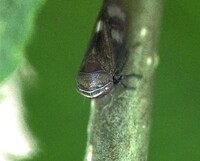 | Photo by: Ted Wilcox
Watauga Co.
Comment: unid_leafhopper |  | Photo by: Ted Wilcox
Watauga Co.
Comment: unid_leafhopper |
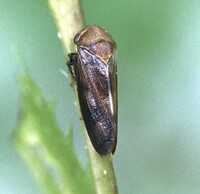 | Photo by: Ted Wilcox
Watauga Co.
Comment: unid_leafhopper | 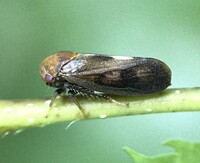 | Photo by: Ted Wilcox
Watauga Co.
Comment: unid_leafhopper |
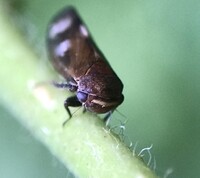 | Photo by: Ted Wilcox
Watauga Co.
Comment: unid_leafhopper | 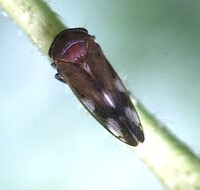 | Photo by: Ted Wilcox
Watauga Co.
Comment: unid_leafhopper |
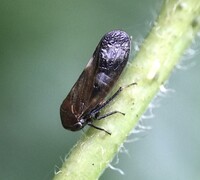 | Photo by: Ted Wilcox
Watauga Co.
Comment: unid_leafhopper | 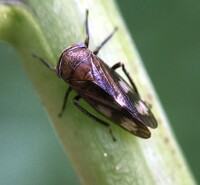 | Photo by: Ted Wilcox
Watauga Co.
Comment: unid_leafhopper |
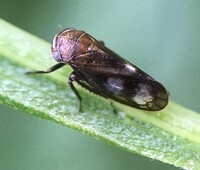 | Photo by: Ted Wilcox
Watauga Co.
Comment: unid_leafhopper | 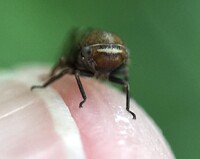 | Photo by: Ted Wilcox
Watauga Co.
Comment: unid_leafhopper |
 | Photo by: Scott Bolick
Alleghany Co.
Comment: |  | Photo by: Scott Bolick
Alleghany Co.
Comment: |
 | Photo by: Scott Bolick
Alleghany Co.
Comment: |  | Photo by: Scott Bolick
Alleghany Co.
Comment: |
 | Photo by: Scott Bolick
Alleghany Co.
Comment: | 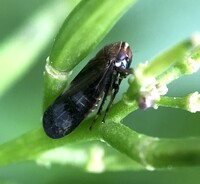 | Photo by: Ted Wilcox
Watauga Co.
Comment: unid_leafhopper |
 | Photo by: Ted Wilcox
Watauga Co.
Comment: unid_leafhopper | 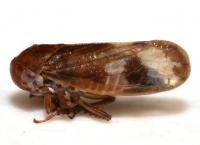 | Photo by: Kyle Kittelberger
Out Of State Co.
Comment: female |
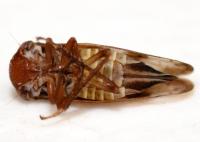 | Photo by: Kyle Kittelberger
Out Of State Co.
Comment: female | 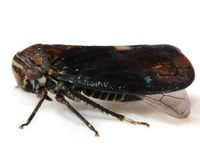 | Photo by: Kyle Kittelberger, Brian Bockhahn, Paul Scharf
Mitchell Co.
Comment: grassy, brushy vegetation in the open on the top of the mountain; the bald. A male |
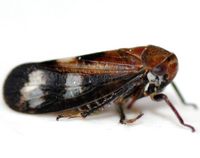 | Photo by: Kyle Kittelberger, Brian Bockhahn, Paul Scharf
Avery Co.
Comment: grassy and brushy vegetation surrounded by forest; male and female |  | Photo by: Kyle Kittelberger, Brian Bockhahn, Paul Scharf
Avery Co.
Comment: grassy and brushy vegetation surrounded by forest |
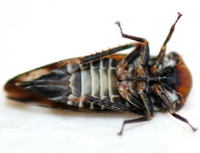 | Photo by: Kyle Kittelberger, Brian Bockhahn, Paul Scharf
Avery Co.
Comment: grassy and brushy vegetation surrounded by forest | 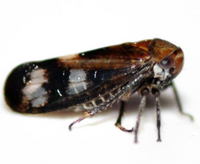 | Photo by: Kyle Kittelberger, Brian Bockhahn, Paul Scharf
Watauga Co.
Comment: brushy, grassy vegetation surrounded by forest; female |
|

 »
»
